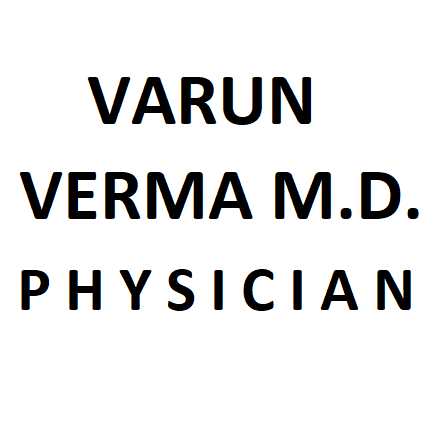“Before I leave, I want to talk to you about something very important. I want to make sure that nothing is ever done against your wishes, so it doesn’t matter if you’re 18 or 98 years of age, if you’re a patient being admitted to the hospital I need to ask you some questions. You’re stable – so I hope I don’t alarm you with this discussion. Have you ever thought about what you would like done if something unexpected and life threatening were to happen? Specifically I need to know…”
After working in a dozen hospitals across five states, this is how I’ve drafted my script on how to end my “history and physical” – my first encounter with any patient under my care. It’s a difficult conversation to initiative because many times, and especially with patients who are very sick, because people can become alarmed at the line of questioning. Still, it’s a vital discussion and one that can avoid confusion, chaos and heartache in the terrible final moments a patient’s life. Essentially I am asking my patients plainly and simply – if your heart was to stop or go into a shockable arrhythmia – would they want chest compressions and/or debrilliation. A second closely related question must inevitably follow – would they want a breathing tube inserted down their throat and into their trachea (wind pipe) and then to be placed on a ventilator (breathing machine) if medically necessary. Many patients of course reflexively answer ‘yes, do everything’ but others smile to themselves, shake their head and emphatically offer ‘no, let me die.’
I have one motive in this entire exercise: Primum non nocere (a Latin phrase that means “first, to do no harm”). The worst possible outcome in my view for any patient would be undergoing invasive and painful procedures against their will. Besides wanting to avoid inflicting suffering, there’s also a scientific reason for my discussion. Patients need to know that in many cases – elderly patients with multiple serious medical conditions – studies have shown that CPR only leads to the survival to discharge of between 10-15% of patients (diseases like COPD, congestive heart failure, chronic kidney disease, malignancy, diabetes, and cirrhosis). I believe that a discussion about code status and advanced directives is essentially for true informed consent in the hospital.
After patients have expressed their wishes, they also need to make sure their loves ones are aware. When I was a night hospitalist many years ago I had a terrible case where there was not clarity about the code status amongt relatives and it led to chaos. A patient stopped breathing in the cancer ward. He was apparently clearly documented as DNR (do not resuscitate) and had a bright colored wrist band to signify this. That would have been the end of his difficult healthcare journey – however, his adult son was present when he took his last breaths. He also happened to be intoxicated and began to perform chest compressions and yelling at the staff for letting his father die. I was paged frantically over the speaker system and arrived to find a chaotic scene. A limp, frail and pale body being pounded on by an angry and strong young man with a red face. Nurses were talking loudly to and over him, informing me the patient was DNR, shoving the paperwork in my face as a I looked at non existent vital signs on the monitor. For a brief moment I was conflicted about whether to jump in and help the tremendously distraught family member, or believe the documentation and call security. The few minutes of uncertainty felt like an eternity until the patient’s daughter stormed in and calmed her brother down and pulled him off. She was her father’s health care proxy, and she confirmed his DNR status. The patient had passed, however not peacefully.
Beyond CPR and intubation, patients also need to have frank discussions with their partners and family members about their wishes for things like dialysis and feeding tubes, and for scenarios which may not be “terminal” but may be unacceptable to them. Filling out advanced directives, or documents clearly outlining these specific wishes is imperative. It took me 36 years, a wife and two children before I finally had the sense to finalize my own documents (you don’t need a lawyer by the way… only the signature of witnesses in most states. Here is a link to AARP https://www.aarp.org/caregiving/financial-legal/free-printable-advance-directives/). On one particular point my wife was taken aback and questioned by choice – “you know you can still have a life even if ______ .” True, but this is my life, and my decision to make. After a brief back and forth with her, she agreed that my wishes were clearly documented and to be respected. She’s also my healthcare proxy by the way, and is the person designated to make decisions about life-sustaining treatments if I could not longer speak for myself. I’ve tried to be specific in outlining all possible scenarios in my advanced directive – but the reality is that there may still be some situation where she may need to make a call based on my documented wishes.
Have difficult conversations now to avoid chaos later. After their initial grief, your family members will be thankful that you saved them the additional burden of trying to read your mind. As a final practical matter, after you’ve created your healthcare advanced directives – it’s important to photocopy the form and give it to your health care proxy and also to people who may be present during an emergency; your family, close friends, trusted health care providers or faith leaders.

Than you for posting. Please make one correction: they are called ADVANCE directives (because the intention is to express wishes in advance).
Calling them advanced leads to the impression that they are for people in advanced disease states.
Thanks – you’re absolutely right. Apologies.